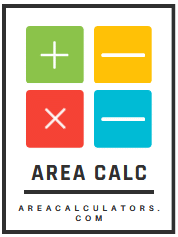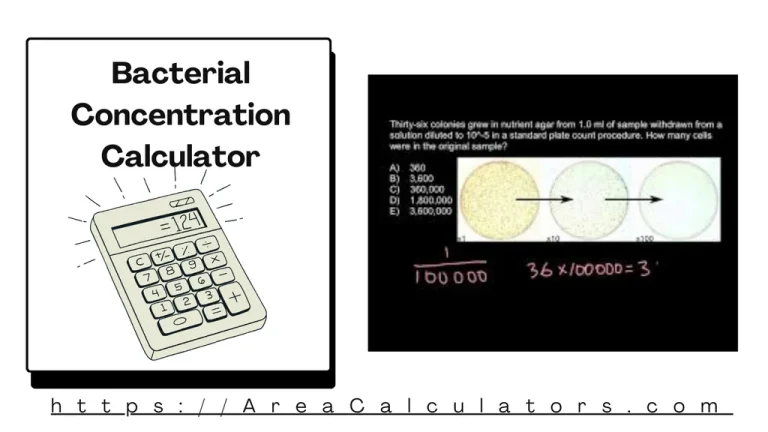ICER (Incremental Cost-Effectiveness Ratio) Calculator
To calculate the Incremental Cost-Effectiveness Ratio (ICER), subtract the costs of intervention B (CB) from intervention A (CA), then divide the result by the difference in their effectiveness (EA – EB).
The ICER (Incremental Cost-Effectiveness Ratio) Calculator is a specialized tool used in health economics to evaluate the cost-effectiveness of interventions.
It determines the ratio of the difference in costs to the difference in effectiveness between two healthcare interventions, typically measured in terms of cost per quality-adjusted life years (QALYs) gained.
Healthcare professionals, policymakers, and researchers often use this calculator to decide between competing treatments or interventions by comparing their economic efficiency.
For instance, it aids in assessing whether a new medication justifies its additional cost based on its health benefits relative to existing options.
This tool simplifies complex calculations, utilizing the formula for ICER: dividing the incremental cost by the incremental effectiveness. The output helps stakeholders determine if an intervention falls within acceptable cost-effectiveness thresholds.
Final Words:
In summary, the ICER Calculator is an indispensable resource for cost-effectiveness analysis, guiding evidence-based decisions in healthcare. Its ability to measure value for money ensures optimal allocation of resources to improve patient outcomes.

